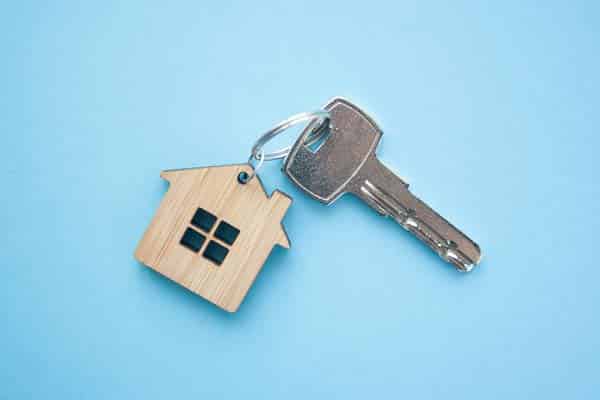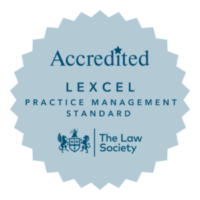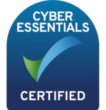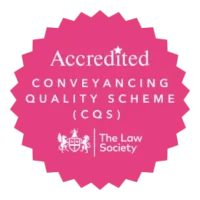Conveyancing: Is there anything for my solicitor to do after my house purchase completes?
17th Jun 2024
The day of completion – in other words, the day you move into your new property – is, as far as most purchasers are concerned, the end of their conveyancing transaction. It is what you have been working towards and is viewed as the conclusion of all legal proceedings.
In practise, however, your solicitor still has work to do.
We have to pay your Stamp Duty Land Tax to the Inland Revenue, if it is due, and submit a return online. This means ensuring the appropriate signed documentation has been received from the seller’s legal representative and lodging this, together with a certificate from the Inland Revenue.
A stamp duty return has to be completed for every property transaction, even if there is no tax to pay, together with the appropriate forms from the Land Registry. This is why it may be several months after you move into your new home before you receive any documentation to show the property is registered in your name.
Your solicitor will submit the application to the Land Registry on your behalf, with all of the appropriate documents, to ensure its records are updated and the property is transferred into your name. You may be surprised to learn there are still some unregistered properties in England and Wales, which may need to be dealt with slightly differently. Likewise, if you are buying a new build, it may take longer to record your ownership, as a first registration will have to take place.
Once the documentation has been submitted by your solicitor, the time it takes the registration to be completed is out of their hands. Unfortunately, the Land Registry has a large backlog currently and whilst this can be very frustrating, be reassured that you are still the legal owner of the property from the point at which money changed hands and you collected your keys.
What happens once the Land Registry has updated its records?
Once your solicitor receives the completed registration back from the Land Registry, an electronic copy will be forwarded to you and your mortgage lender, if applicable, to confirm the title to the property is now in your name. Any original deeds or documents forwarded to the Land Registry will be scanned and destroyed. All records are now held electronically and can be accessed at any time, if a copy of your deeds is required.
If you decide to sell or re-mortgage your property in the future, your solicitor will only need your address to be able to obtain the title number and a copy of the registered title.
Ready to start your conveyancing journey?
Speak to one of our friendly and understanding new instructions team for a quote and free initial advice regarding your conveyancing need. In a hurry? Why not try our free instant online quote calculator.
CLICK HERE FOR A FREE INSTANT QUOTE
Want to find out more first?
We have a wealth of information about the conveyancing process whether you are a seasoned pro or taking your first step onto the housing ladder. The best place to start would be at our Residential Conveyancing pages, which can be found here:-
TAKE ME TO THE RESIDENTIAL CONVEYACING PAGES
Alternatively, contact us via our website, email or telephone. All of our details can he found here.
Related news
Articles you may find useful
Like this article? Sign up for our regular newsletters






